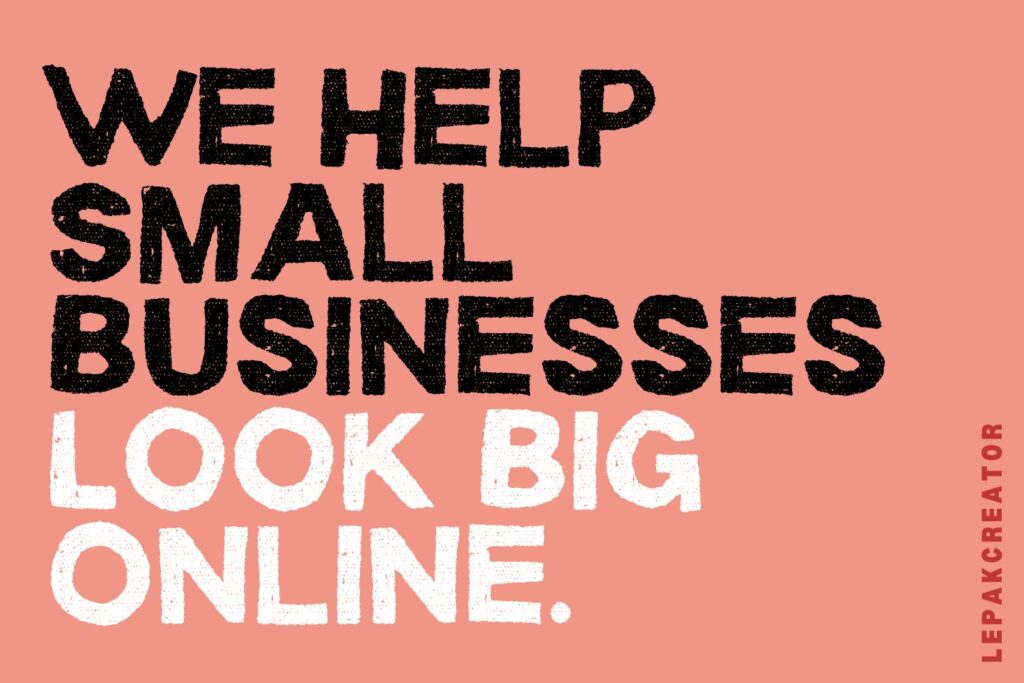Have you ever felt lost when trying to figure out who your real competitors are? You scroll through social media, notice dozens of similar businesses, and suddenly wonder: “Should I be doing what they’re doing? Are they even my competitor?”
It’s a common struggle. Many business owners and marketers feel overwhelmed because the competitive landscape seems crowded and confusing. But here’s the truth: not everyone in your industry is your competitor. And not every competitor is worth analysing.
When you learn how to identify who actually aligns with your brand, things become much clearer. You’ll stop comparing yourself to businesses that don’t matter, and instead focus your energy on understanding those who truly compete for your audience’s attention.
Why Alignment Matters
Not every brand in your space speaks to the same type of customer. Some appeal to bargain hunters, others to trend-seekers, and others to premium lifestyle buyers. When you focus on alignment, you:
- Save time & energy by analysing only what’s relevant.
- Discover real opportunities for growth.
- Avoid comparison traps that drain confidence and creativity.
For example, if you run a boutique yoga studio focused on mindfulness and community, your aligned competitors aren’t the large budget gyms. Instead, they’re other wellness studios that attract people seeking deeper, slower, more meaningful practices.
Who Aligns Best With Your Brand?
To find out, ask yourself:
- Audience Overlap – Are they targeting the same people with similar needs, habits, or values?
- Brand Positioning – Do their tone, values, and overall vibe resonate with the same type of customer as yours?
- Product/Service Offering – Would your customer see them as a direct alternative to you?
- Market Perception – Do people compare you with them in conversations, reviews, or social media comments?
Alignment doesn’t mean being identical. It’s about focusing on the shared ground where your audiences might choose between you or them.
How to Choose Which Competitor to Analyse
Once you know who aligns, the next step is deciding who’s worth your time to study. Here’s a simple breakdown:
- Direct Competitors – Businesses selling similar products/services to the same audience.
- Aspirational Competitors – Larger, more established players who show you where the market is headed.
- Adjacent Competitors – Brands in related industries that share your customer base.
- Emerging Competitors – New players that reveal shifts in demand and fresh approaches.
Key Takeaway
If you’ve been feeling stuck comparing yourself to everyone, take a step back. The question isn’t “Who’s in my industry?” but “Who actually aligns with my brand and audience?”
When you shift your focus to analysing only those who matter, you’ll gain clarity, direction, and strategies that actually move the needle for your business.




